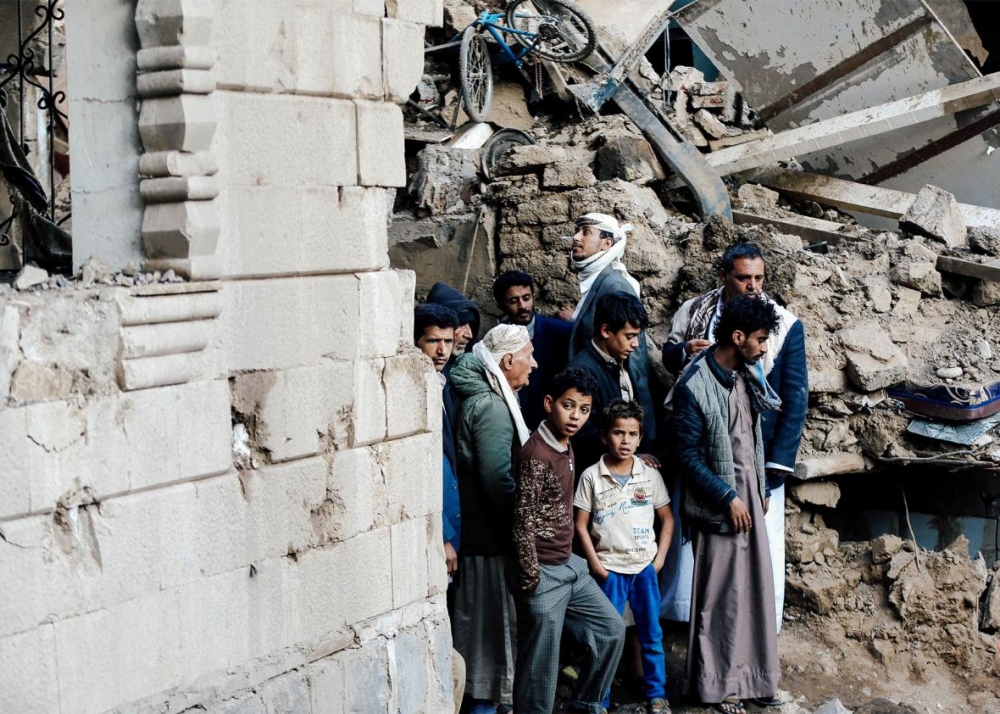What are the Humanitarian Priorities for this Year?

The United Nations forecasts that conflict will drive humanitarian needs this year, and result in approximately 136 million people across 26 countries requiring aid. Other driving factors include violence, displacement, and hunger.
In order to cater for this, the British government aims to make an additional GB £21 million available to the UN Central Emergency Response Fund to respond quickly to evolving disasters. 2017 saw the UK save thousands of lives, providing emergency food, medical supplies, and clean water for more than 500,000 people in South Sudan, Nigeria, and Somalia. Millions of other victims of war or those living as refugees as a result of the Syria crisis are being catered for through international response mechanisms involving the UK.
Globally, multiple humanitarian aid and development agencies have amended their priorities for 2018. The United Nations Office for the Coordination of Humanitarian Affairs’ (UNOCHA) Head, Mark Lowcock, has highlighted the agency’s aim to reach 91 million extremely vulnerable individuals through UN coordinated humanitarian response plans in the coming months.
Meanwhile, Bryce Perry, the deputy Director of Emergencies at International Rescue Committee (IRC) has named Yemen’s ongoing civil war, the political instability and unrest in The Democratic Republic of Congo (DRC) and the Rohingya crisis as the IRC’s focus areas for this year. Yemen is also the focus of Oxfam, according to Nigel Timmins, Humanitarian Director, as well as Northern Nigeria and Syria. The uncertain future of Syrian refugees and internally displaced placed people has led Syria to be a priority for Action Against Hunger, as well as Yemen and the Rohingya crisis, according to the statement of their executive director, Jean-Michel Grand.
Christian Aid and International Federation of Red Cross and Red Crescent Societies (IFRC) both named localisation (giving a central role in humanitarian response to local organisations) as their priority for 2018. Christian Aid also plans to focus on increasing funds and emergency response in the DRC Kasai, northeast Nigeria, and South Sudan. Alternatively, the IFRC plans to focus on providing emergency health security and early action during conflict and disaster.
Dominique Burgeon, Director of Emergencies at UN Food and Agriculture Organisation (FAO) hopes to reduce the severity of famine in several vulnerable countries around the world. Similarly, the UN World Food Program (WFP) aims to create more resilient food systems to support the livelihood of communities. David Beasley, executive director of WFP, additionally reinforced the importance of creating faster and more efficient provision of relief in 2018.
Overall, key priorities for this coming year appear to be Yemen and Syria, as well as emergency humanitarian response plans.
If you’d like to stay informed on the latest updates in aid and development, please sign up to the AIDF newsletter
Image: Crisis in Yemen. Slate















